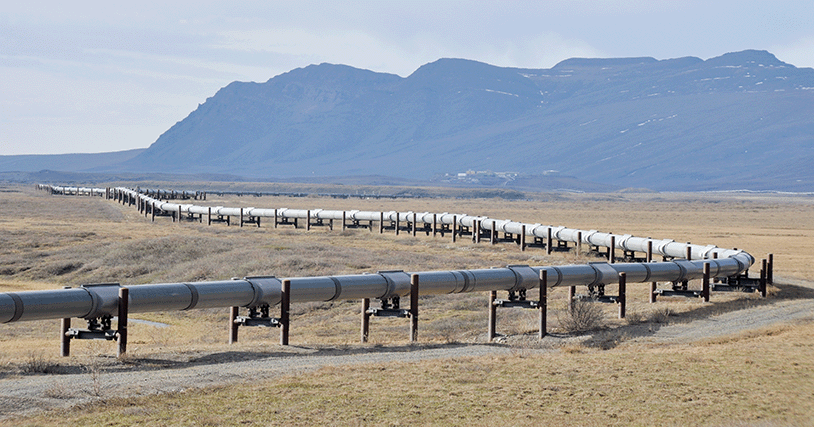Satellite Communications Help Ensure Pipeline and Public Safety

Throughout the U.S., thousands of pipelines snake across hundreds of thousands of miles. These pipelines transport gasoline, diesel, crude oil, jet fuel, natural gas liquids (NGLs) and other types of fuels from their origin in remote locations across the continent to distribution centers. It’s risky business moving the combustible commodity across long distances. In fact, in 1968, three years after a fatal pipeline explosion in a Louisiana residential area, Congress passed the Natural Gas Pipeline Safety Act to prevent similar failures and ensure public health and safety. The law prompted widespread adoption of Supervisory Control and Data Acquisition (SCADA) systems, which are designed to monitor pipeline performance at regular times and intervals along the pipeline infrastructure. Measurements of temperature, pressure, flow volume, and other data points can help identify and mitigate potential problems – if they can be conveyed promptly and reliably to a central office or monitoring station.
Since pipelines traverse a variety of terrains, including open spaces, remote mountains, and population centers, satellite is ideal for transmitting SCADA monitoring data because it provides a consistent, always on connection from the suburbs to the most rural places. Satellite broadband has proven to be the most reliable and economical solution, offering ubiquitous coverage across the Americas which can be scaled to support just a few or hundreds of sites along a pipeline. Hearty and weather-tested very small aperture terminals (VSATs) can be placed easily and inexpensively anywhere pipelines extend – including in unpopulated places where terrestrial services are nowhere to be found – to provide end-to-end pipeline monitoring with a consistent and time-tested level of service.
Even the slightest weakness in the network can leave pipelines vulnerable to security breaches, as evidenced by last year’s ransomware attack that caused ripple effects throughout the fuel supply chain. Since then, many U.S. companies are now looking beyond merely meeting SCADA regulations and recognizing the need for more robust monitoring and protection of their pipeline assets. Like all enterprises that depend on their networks, pipelines need back-up connectivity to kick-in automatically in the event of an outage or disruption to maintain operations. Redundancy ensures secondary and even tertiary back-up across single- and multi-transport networks.
In 2022 alone, 22 pipeline operators across the U.S. upgraded or installed Hughes JUPITER System equipment for monitoring at more than 4,300 sites using capacity from the Hughes fleet of JUPITER High Throughput Satellites. For mission critical networks like an oil pipeline, high-throughput Geostationary (GEO) satellite service offers an ideal form of connectivity, with Low Earth Orbit (LEO) satellite broadband poised to be the perfect complement as a primary or secondary backup option. Go here for more information about managed services for pipeline or other oil and gas assets.